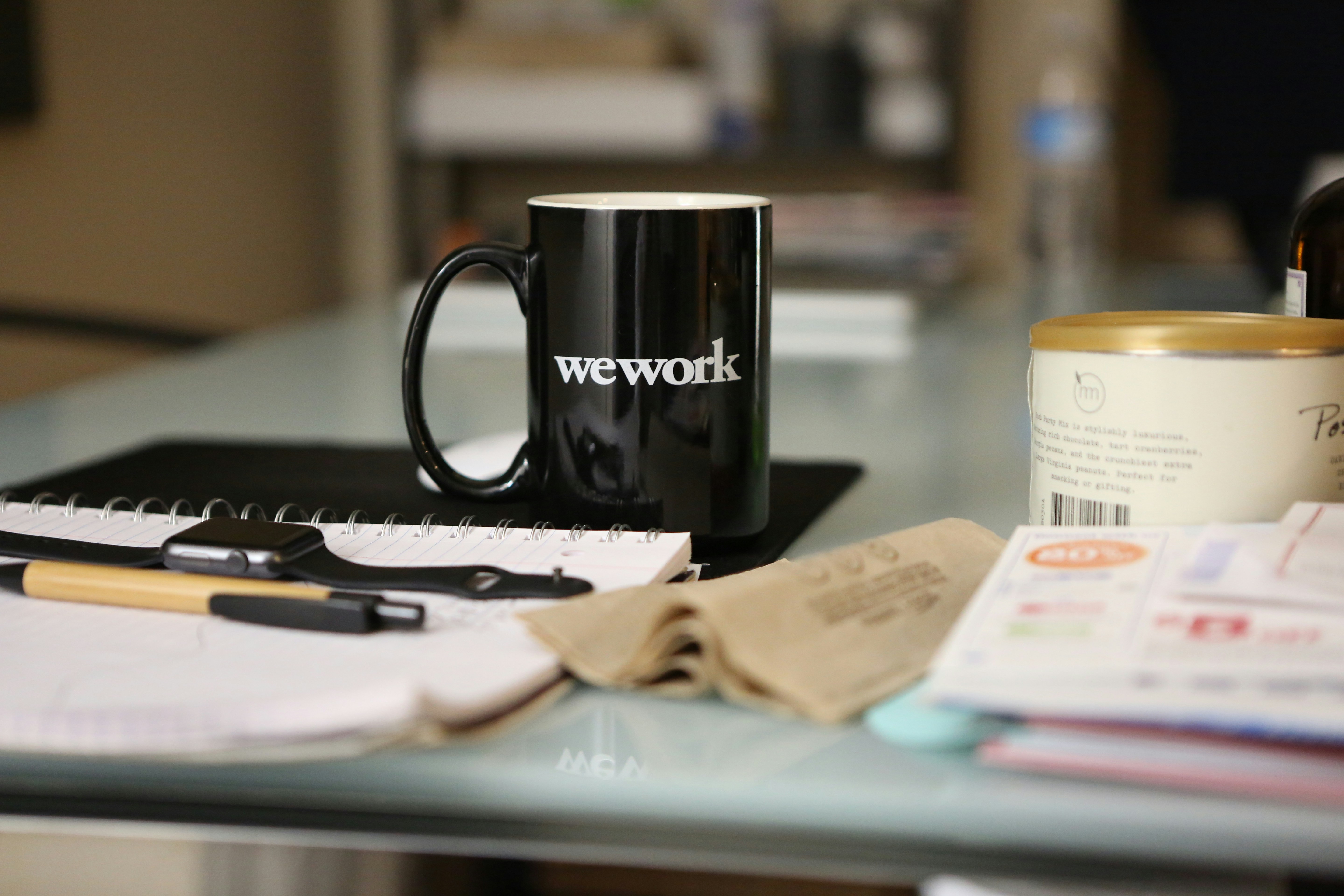
Top Strategies for Balancing Work and Personal Life Effectively
Many people struggle to keep up with both their professional responsibilities and their personal lives, often feeling overwhelmed by the pressure to do it all. Achieving success at work while still making time for family meals, relaxing with friends, and pursuing favorite activities may seem nearly impossible. By exploring new ways to organize your schedule and prioritize what matters most, you can create space for both productivity and relaxation. Making small adjustments helps you find more energy for work and personal enjoyment, so you don’t have to sacrifice one area for the other. Simple changes can make a big difference in how you manage each day.
When you give equal attention to both responsibilities and relaxation, you’ll feel more motivated, alert, and ready to take on challenges. Keep reading to explore practical methods you can put into action right away to shape a routine that fits your unique rhythm and goals.
Understanding Work–Life Balance
Work–life balance doesn’t mean a strict 50/50 split between office hours and personal hours. It means creating a system where each area can flow without constant friction. Some days might lean toward work when deadlines approach. Other days could focus on family events or solo time for passion projects. Instead of seeking a flawless equilibrium, aim for a dynamic ebb and flow.
Start by listing daily tasks and marking each as “career,” “family,” or “me-time.” Notice patterns where one category consistently steals energy from the others. Do calls and meetings push out exercise? Does catching up on emails late at night cut into sleep? Identifying the biggest drains allows you to reshape activities and guard critical moments.
Time Management Strategies
- Batch Similar Tasks: Group phone calls, creative work, or administrative duties into blocks. When you consolidate, you spend less time shifting focus. That leaves more opportunities for off-screen activities that refresh you.
- Set Hard Deadlines: Assign a firm end time to each task, even if a project isn’t fully complete. Exiting at a predetermined hour forces you to prioritize essential elements, preventing work from overflowing into every evening.
- Use a Two-Minute Rule: If a task takes under two minutes, tackle it immediately. Quick wins clear your mind. That slash-and-go method keeps small duties from piling up and stealing chunks of your weekend.
- Schedule White Space: Carve out blank slots in your calendar labeled “flex time.” You can fill them with urgent requests or treat them as buffers for breaks, preventing a relentless back-to-back to-do list.
- Review Weekly Progress: At the end of each week, measure what you accomplished and how you felt. Track when you felt energized versus drained. Adjust the next week’s plan to emphasize energizing projects.
Setting Boundaries
- Establish “No-Work Zones”: Designate rooms or areas in your home where you don’t bring devices tied to work. Crossing that line signals your brain it’s time to switch off.
- Communicate Availability: Share clear working hours with colleagues and family. When everyone knows you’re offline after 6 p.m., they respect your downtime without guilt-tripping you into last-minute tasks.
- Turn Off Notifications: Silence email and chat alerts outside work periods. Each buzz jolts you back to tasks you weren’t planning to tackle, eating into relaxation without you noticing.
- Create a Shut-Down Ritual: Five minutes before stepping away, review open tasks, jot next steps, and close tabs. That routine gives closure and helps you mentally step into personal time.
Using Technology to Stay Organized
You don’t need a suitcase full of apps to conquer your schedule. A few well-chosen tools can remove friction between tasks and free mental space for creativity and leisure. Start with *Google Calendar* to visualize events and block out focus periods. Color-code categories so work meetings, workouts, and family gatherings stand out at a glance.
Pair that with *Trello* or *Notion* to track project progress in a simple board layout. When you move a card from “in progress” to “done,” you get a satisfying sense of completion. Over time, you’ll spot where projects stall and revise your approach. If one tool doesn’t feel intuitive, swap it out. The goal is a system that clicks instantly.
Maintaining Mental and Physical Well-Being
You need consistent energy to handle both professional tasks and personal pleasures. Carve out habits that refresh mind and body every day. For instance, a morning stretch or walk invites fresh air and boosts focus. Even a five-minute break to stand up, splash water on your face, or stare out a window breaks up long stretches of sitting and screen time.
Emotional health thrives when you connect with others. Aim for one social interaction a day—coffee with a neighbor, a brief phone call to a friend, or a quick check-in with family. That little spark of conversation changes your perspective and reminds you that the world extends beyond your inbox.
Experiment with time blocks, device-free zones, and mindful pauses to create a manageable schedule. Make small adjustments to turn overwhelming days into fulfilling routines.